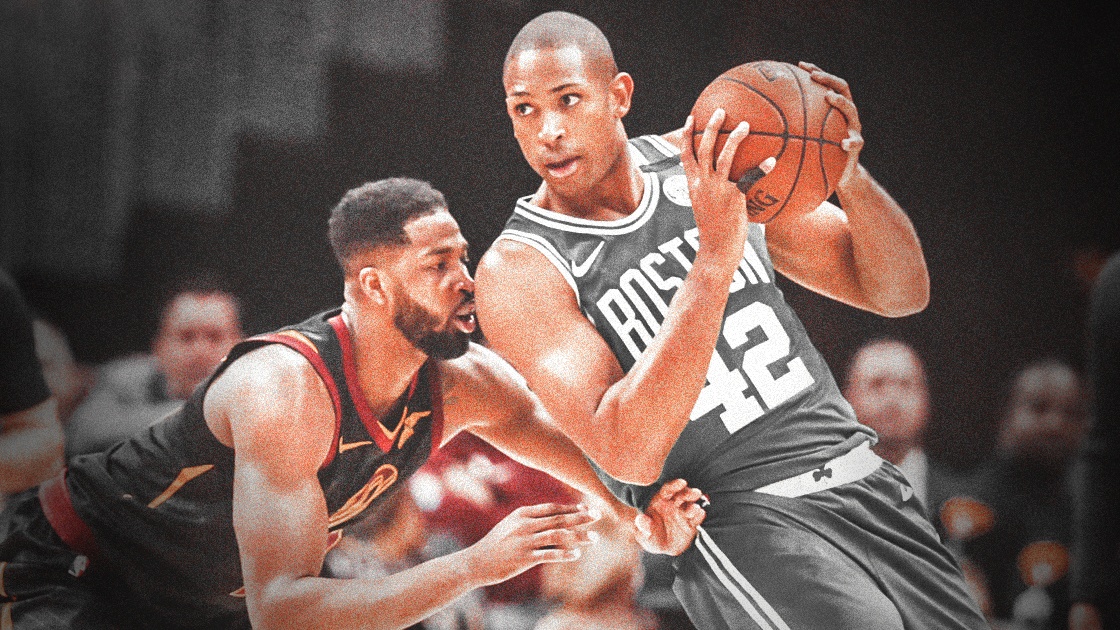After being thoroughly outplayed by the Boston Celtics during the first two games of the Eastern Conference Finals, the Cleveland Cavaliers dominated at home, winning Game 3 116-86. Not only did it even the series at two games a piece, but it highlighted how special Cleveland can be when hitting on all cylinders.
Throughout the entire game, the Cavs were at their best, as they got out to an early lead and never looked back. It’s unlikely that this level of play is sustainable, but if Cleveland hopes to defeat Golden State (or Houston) in the NBA Finals, they will have to try to keep it up.
A 30-point blowout is impressive on paper, but you won’t get a sense of just how dominant the Cavs were by only looking at the stat sheet. The team’s effort both on offense and defense was much improved, and when the team is motivated, good things happen.
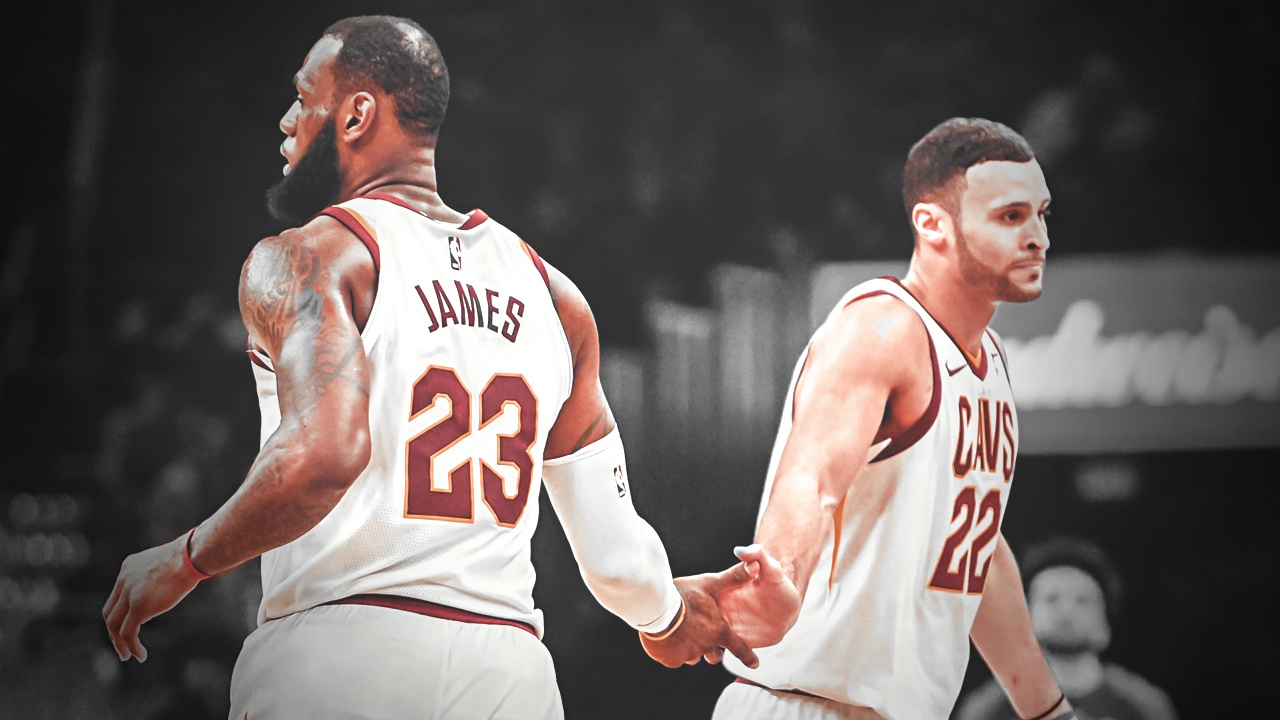
LeBron James looked invested on the defensive end and finished with two steals and two blocks. Larry Nance Jr. had three steals. George Hill and J.R. Smith pressured Terry Rozier and Marcus Smart into uncharacteristic mistakes, and the Cavs capitalized on them.
There is hardly a better indicator of how well the Cavs’ role players are performing than how many shots LeBron James takes. If he is carrying the team (which is too often), he will attempt around 25-30 field goals per game. On Saturday night, however, James took just 12, making eight of them. James was also 3-3 from beyond the arc and 8-10 at the free throw line. James finished the game with 27 points and 12 assists in 37 minutes of play.
So if James wasn’t taking the shots, who was?
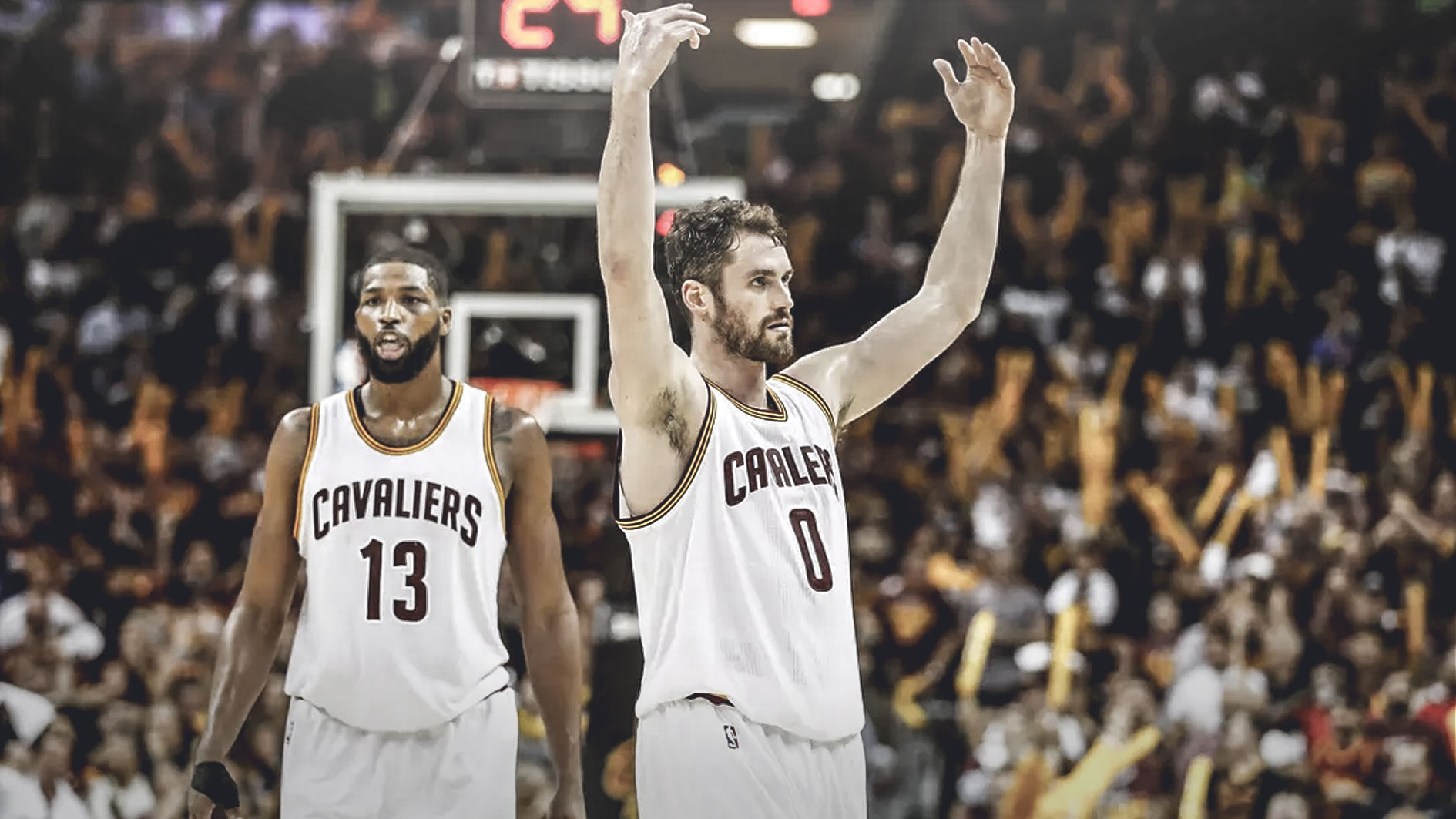
The ball was passed around fairly evenly.
Kevin Love was 4-12, and had 13 points and 14 rebounds. George Hill went 4-11, with 13 points. Jordan Clarkson finished with nine points on 3-11 shooting, including 3-7 from deep. J.R. Smith made three of his four three-point attempts, which made up half of his total shots for the night. Tristan Thompson scored 10 (3-5) to go along with seven rebounds, Jeff Green went 2-4 in a short night for him (18 minutes), and Kyle Korver nailed all five of his attempts, and four were three-pointers.
In total, the Cavs shot 49% from the field, and made half of their three-point shots, 17-34. They also shot 83% from the line. It was a very efficient performance from the team, and that’s how the Cavs are going to win; by shooting well and playing defense.
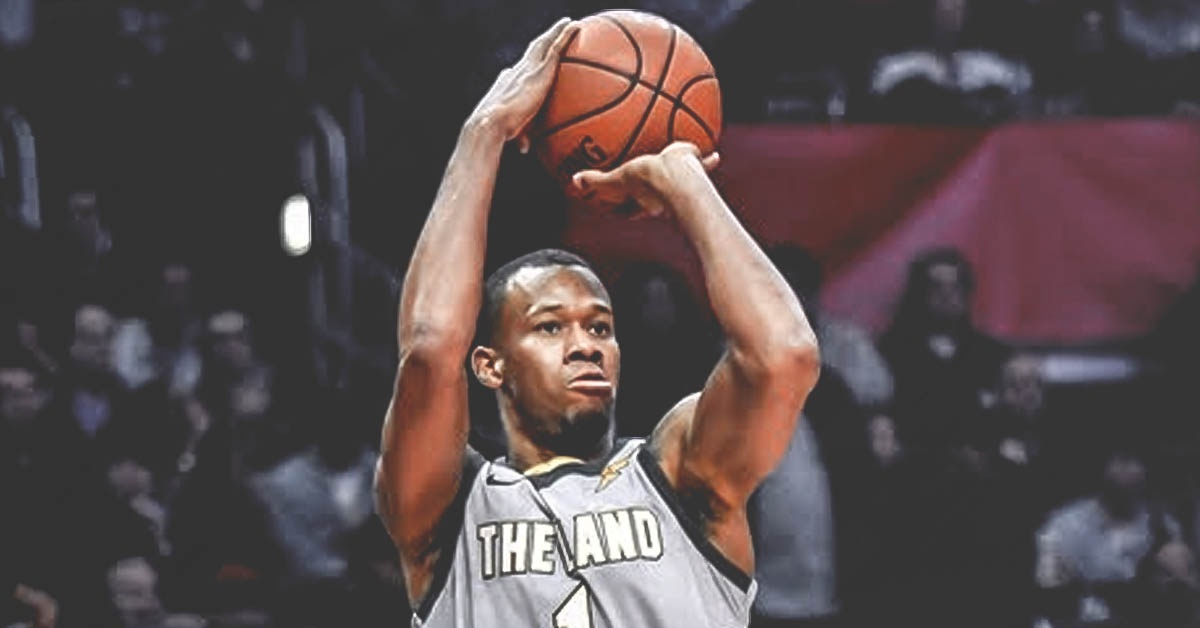
The Celtics did not play well at all. Part of that was a result of Cleveland’s renewed defensive intensity, but many Celtics players just had off nights. Jayson Tatum lead the road team in scoring with 18 on 6-10 shooting, but his play was not nearly as good as his stats show. Marcus Morris was 2-8 and had nine points and five rebounds. Jaylen Brown went 3-8 and scored only ten points, and his backcourt mate Rozier finished 5-12 with 13 points.
But one of the biggest differences in this game — as opposed the first two — outlines an important strategical switch by head coach Tyronn Lue.
Celtics center Al Horford took just four shots in his 29 minutes, ending the game with seven points. Horford’s seven rebounds, seven points, and four assists are respectable, but not nearly good enough for a player of his caliber. When Horford was defended by Kevin Love, he was able to win in 1-on-1 situations, which allowed him to score 35 points in the first two games.
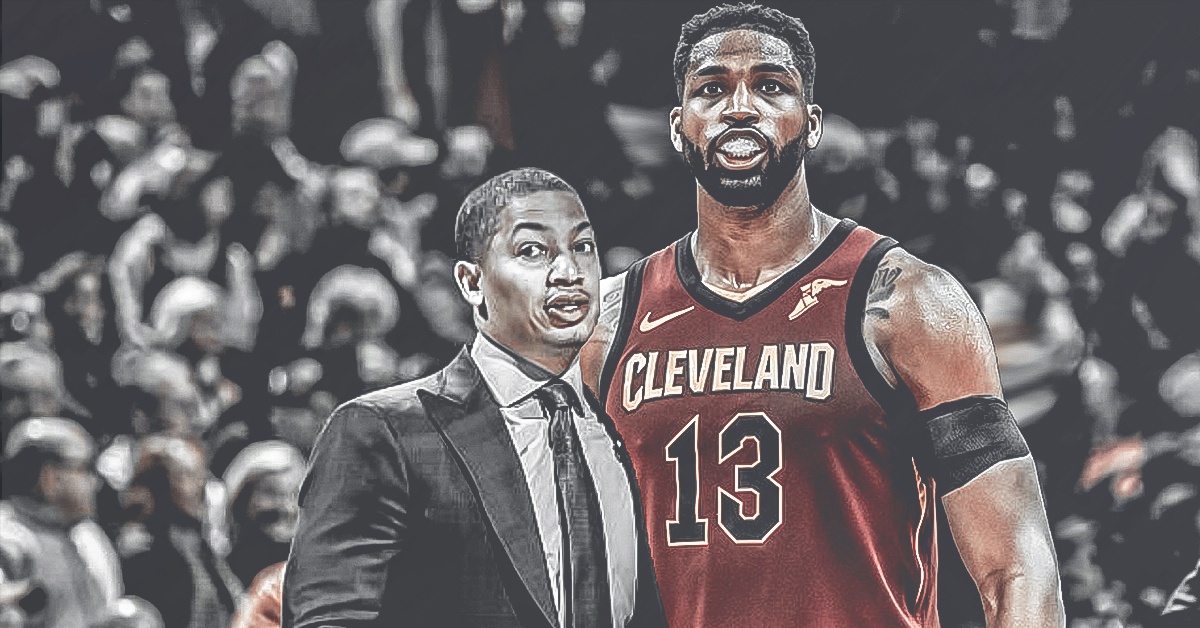
Dating back to when Horford played for the Atlanta Hawks, when Tristan Thompson has been assigned to him defensively, Horford has struggled. And once Lue played Thompson and Larry Nance Jr. on Horford, that’s exactly what happened. Both Thompson and Nance are smaller than Horford, but they have the quickness advantage, which allows them to to limit the amount of open looks that Horford gets at the three-point line, as well as scoring in the post against him.
The Celtics’ big man combination of Marcus Morris, Horford, Aron Baynes, and Greg Monroe played a total of nearly 96 minutes, scoring 33 points on 11-23 shooting, with five assists and 23 rebounds.
Thompson and Nance alone played about 44 minutes, finishing with 18 points on 7-9 shooting, along with three assists and 13 rebounds. Add Kevin Love and you get 74 minutes, 31 points on 11-21 shooting, seven assists, and 26 rebounds.
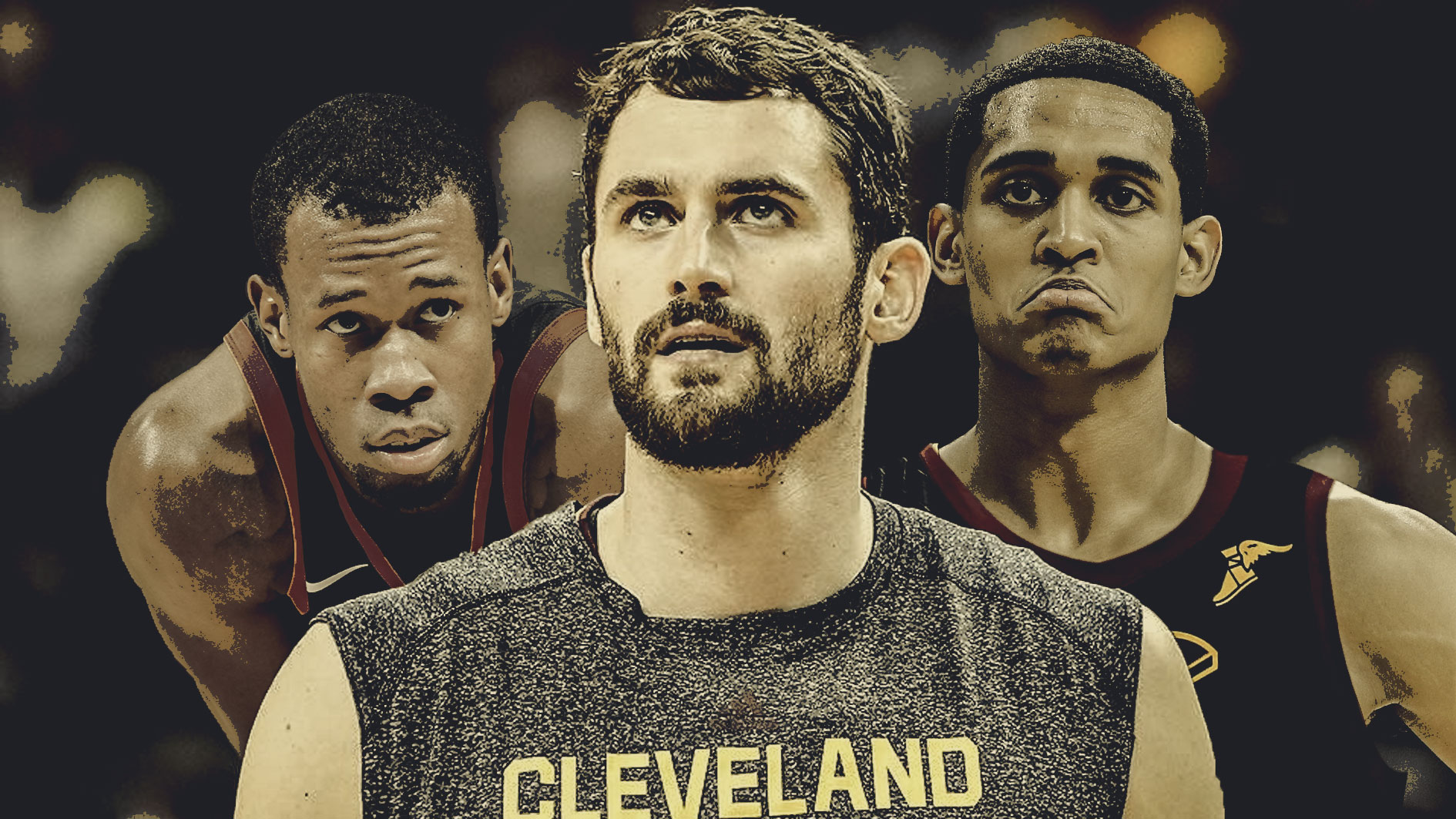
CP
Cleveland’s big men were significantly better than Boston’s even with Kevin Love struggling offensively. Combined with a typical James performance and 50% shooting on three-pointers, the Celtics had no chance. The Cavs outscored Boston 32-17 in the first quarter and never took their foot off the gas pedal.
Nance, Love, and Thompson can continue to outplay Horford, Morris, Baynes, and Monroe. James can continue to dominate no matter the situation. Korver can continue to knock down three-point shots at a ridiculous rate, as he has done for his entire career.
What will make or break this series and the rest of the postseason will be the other role players. Smith, Clarkson, Hill, and Green. Cleveland needs them to be effective to win against good teams. They don’t have to score 15-20+ points per game — James and Love can do that. But what they have to be able to do is score 7-13 points efficiently while playing good defense, which is exactly what happened in Game 3.
When the Cavs’ role players play like they did during Game 3, they can beat anyone. But they’ve been incredibly inconsistent all season long. If Cleveland hopes to advance past Boston and have a chance in June, they must find some way to play like this more often.
